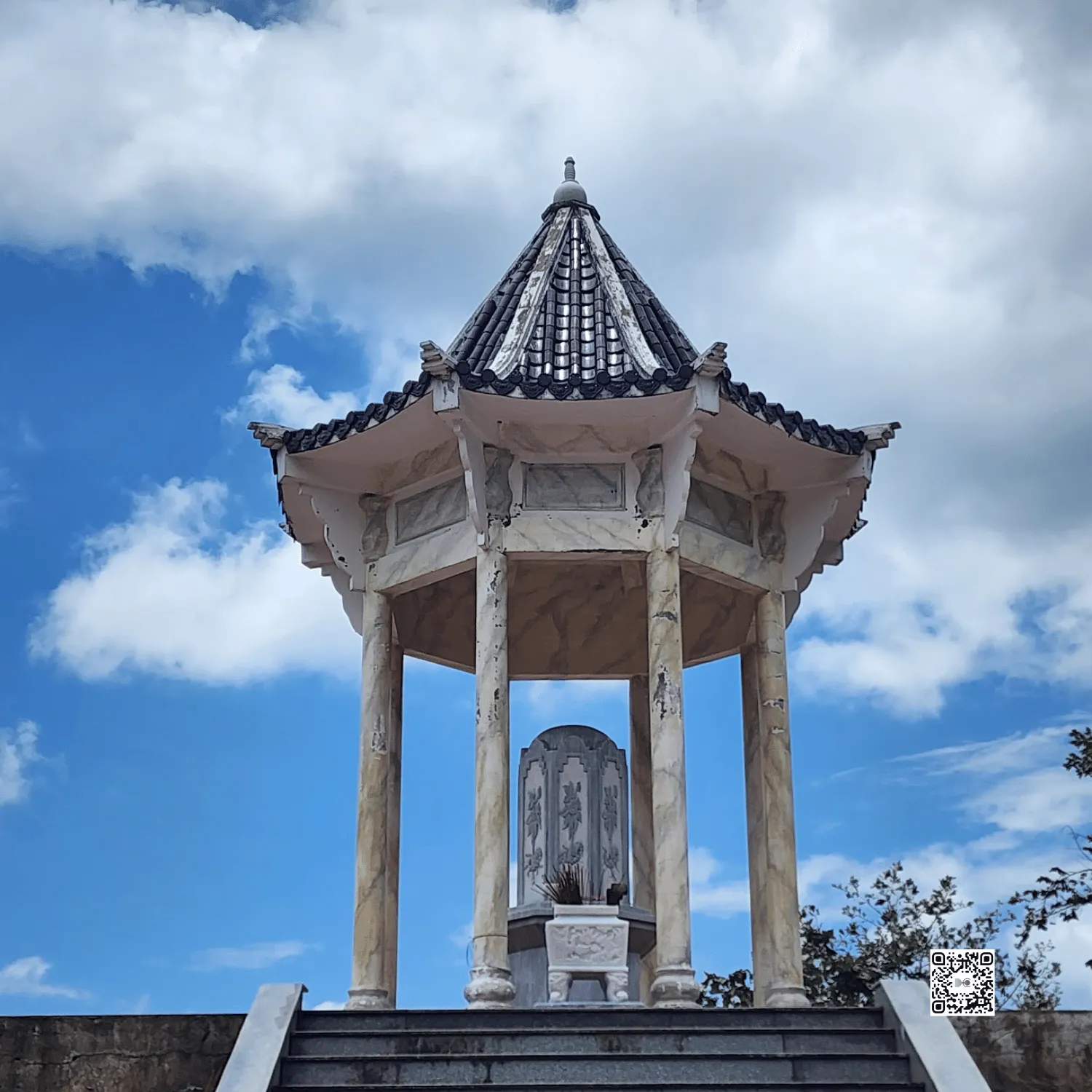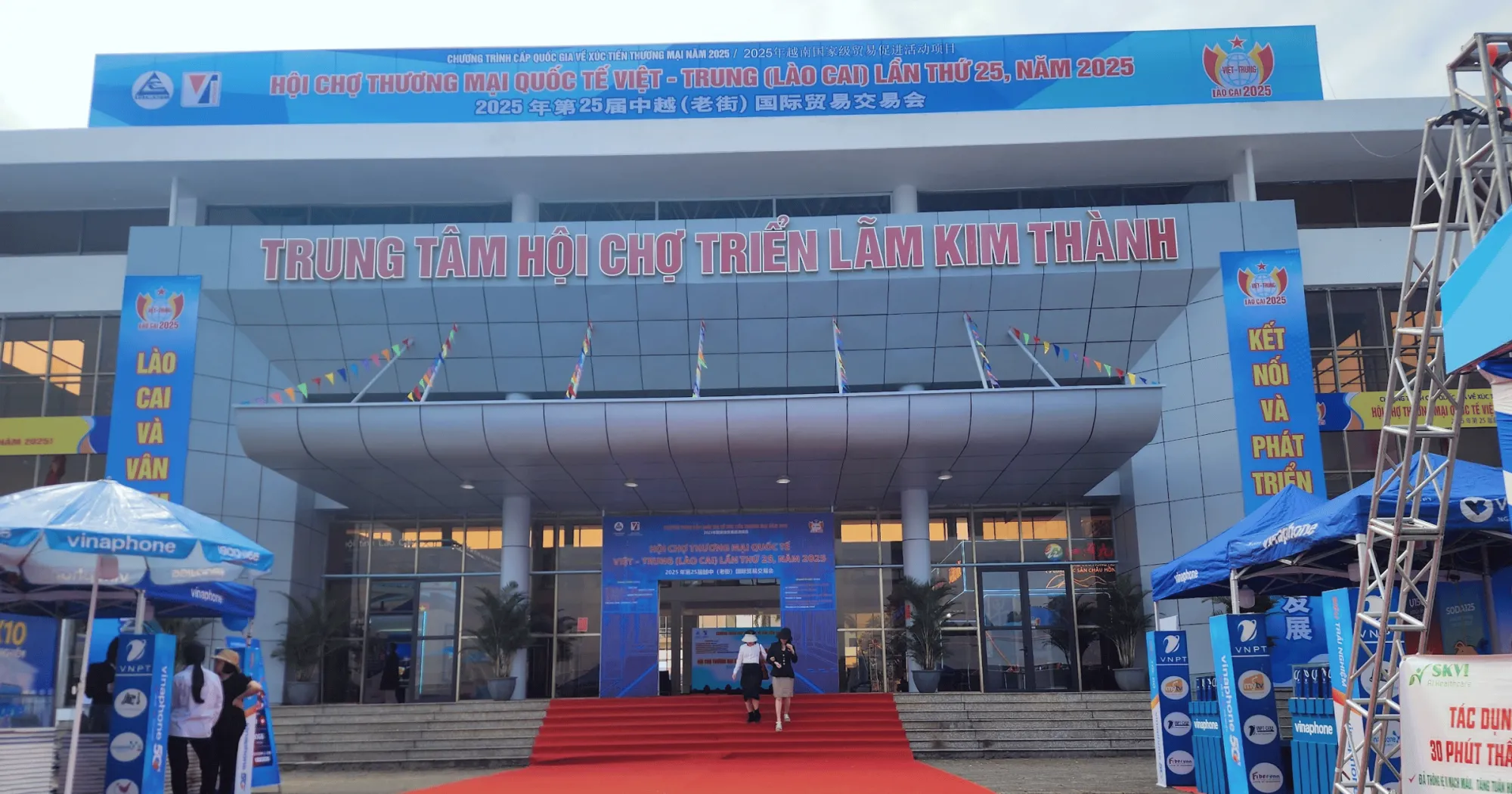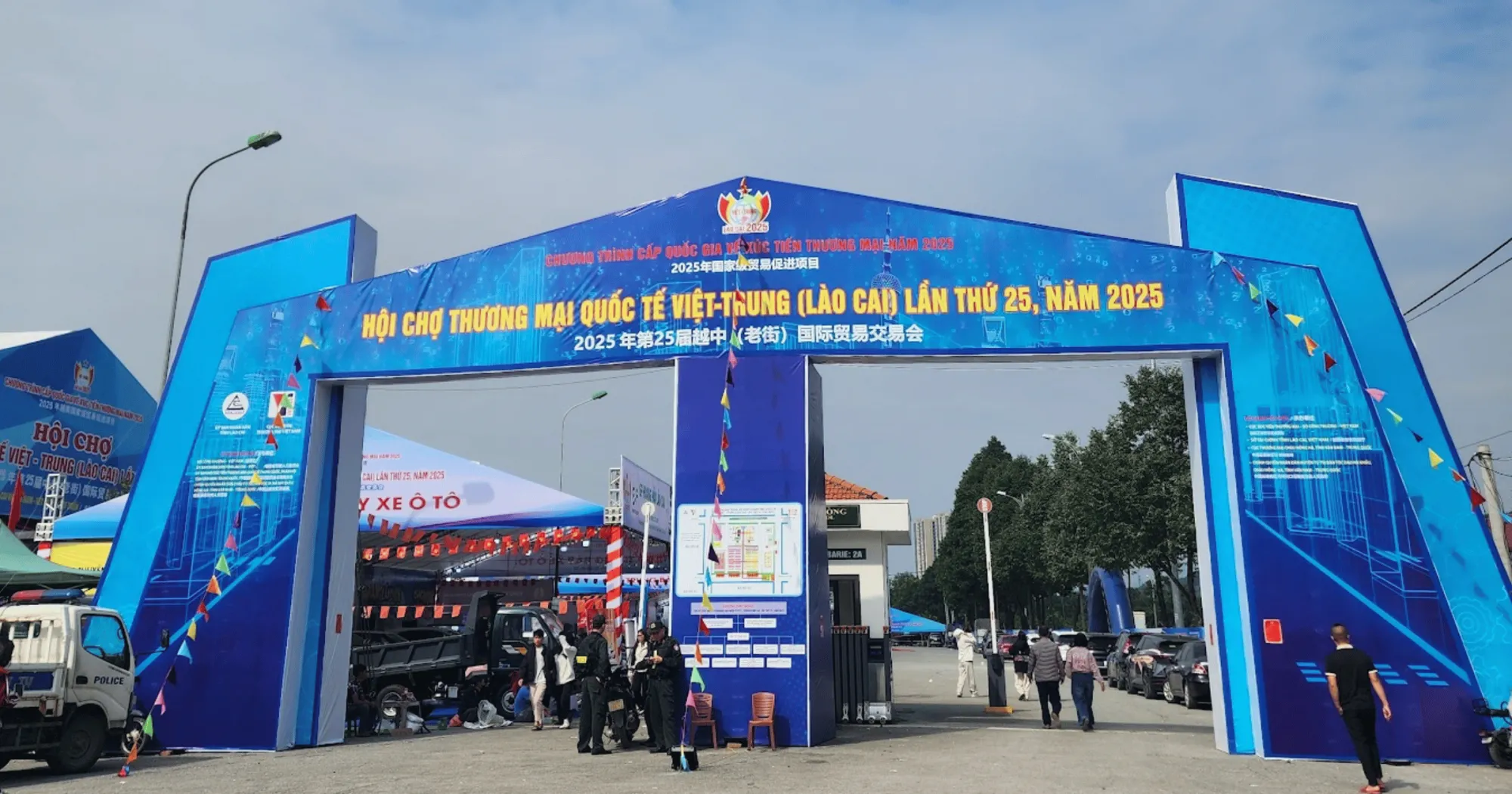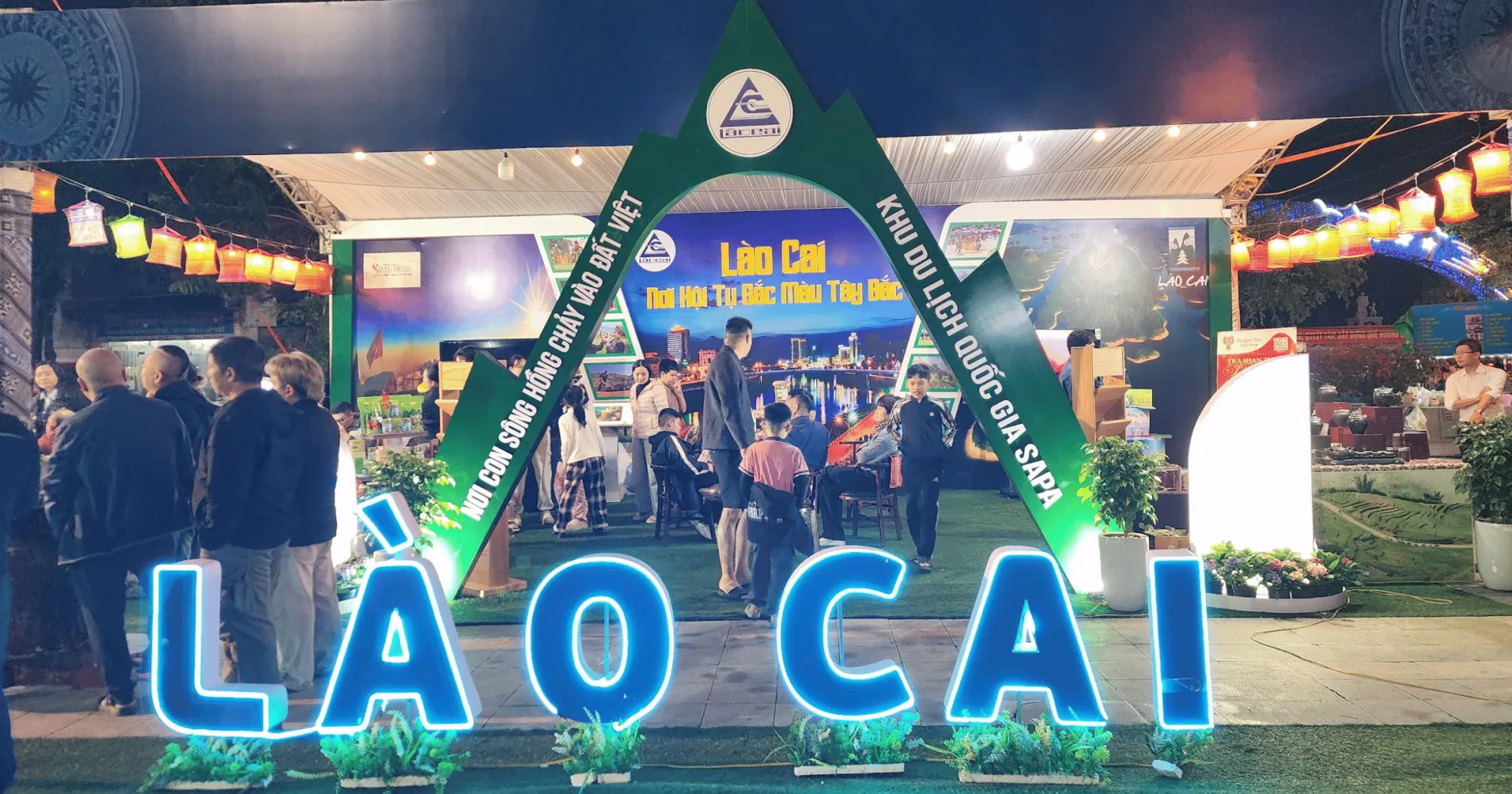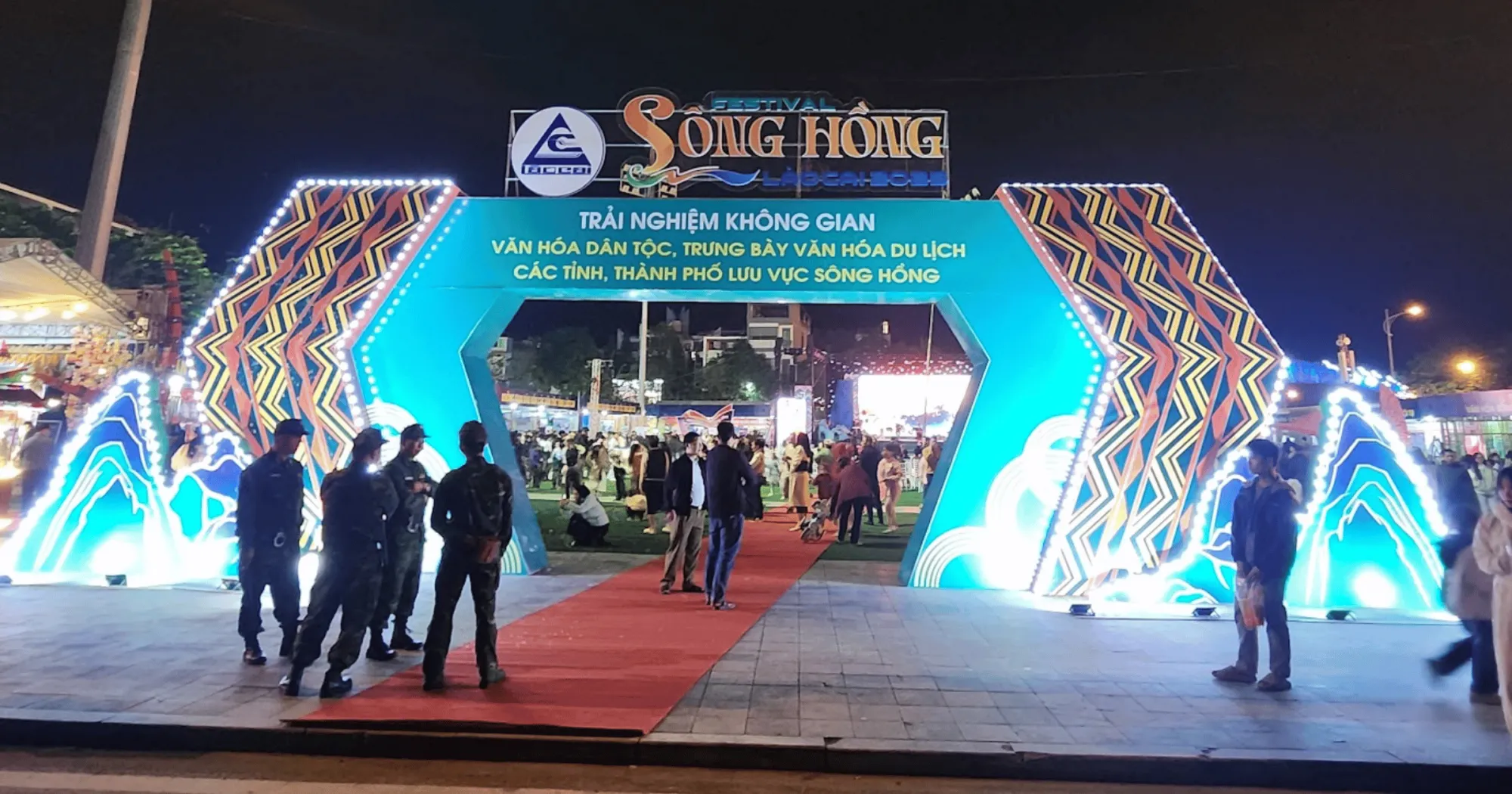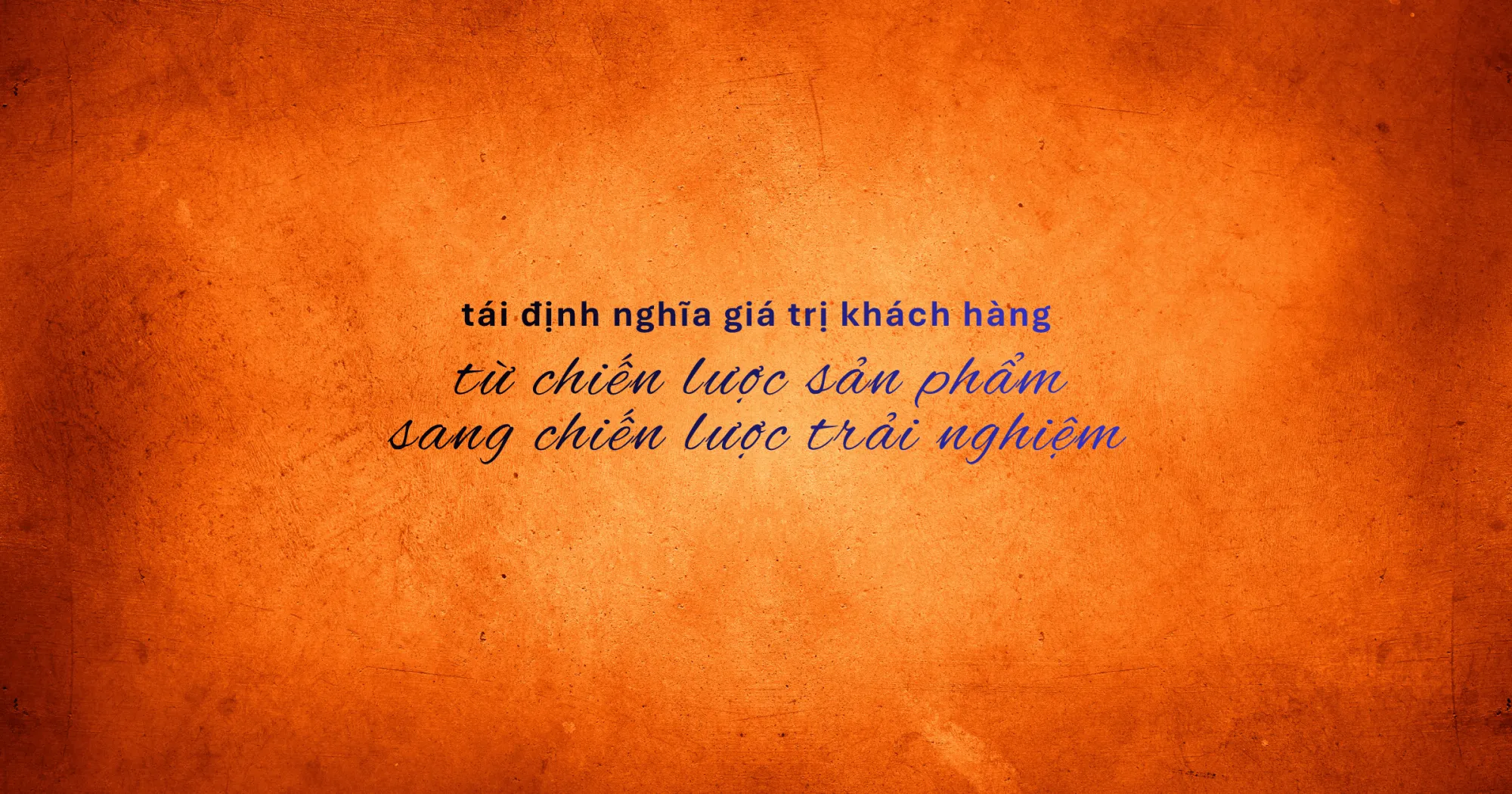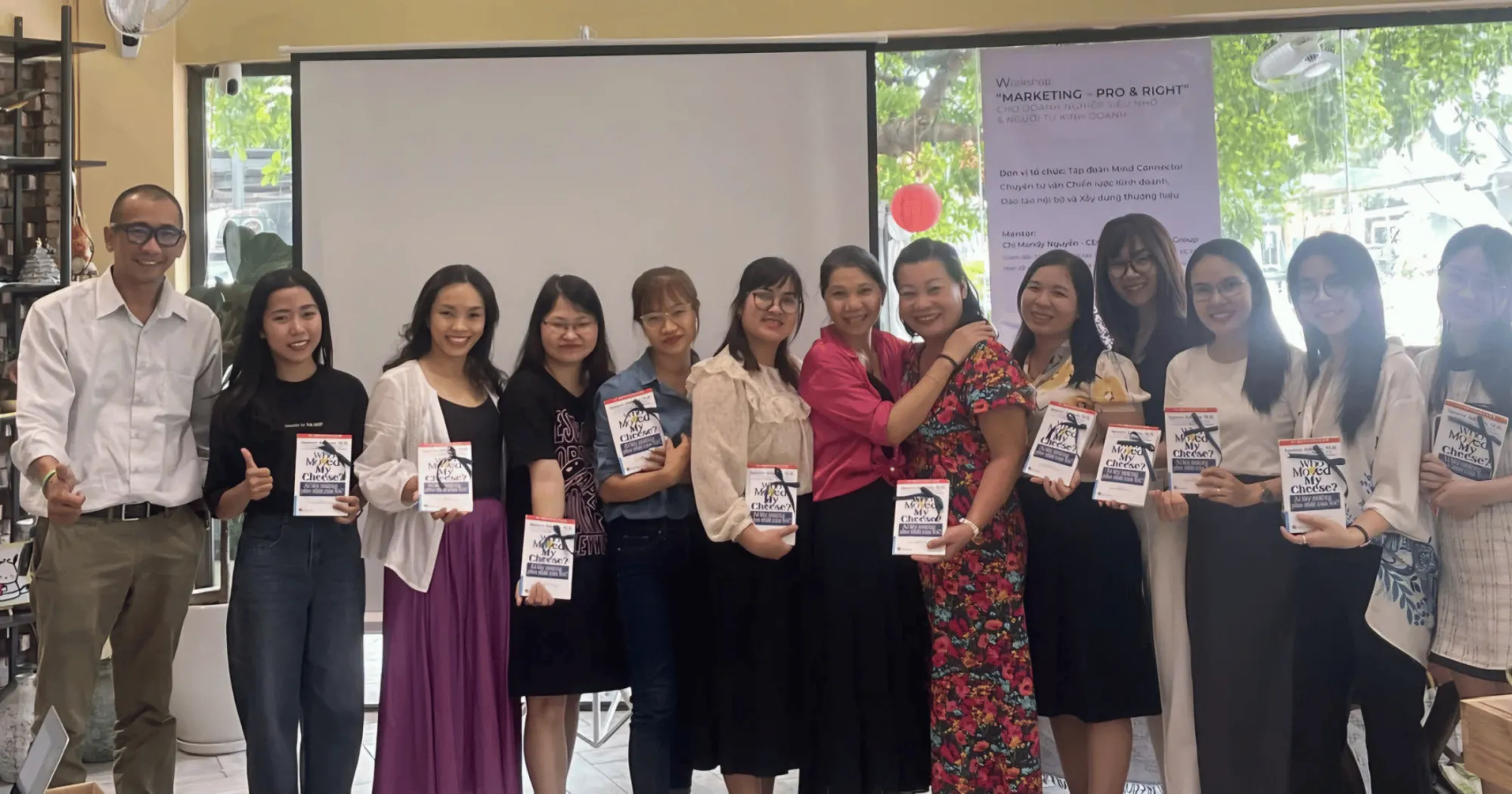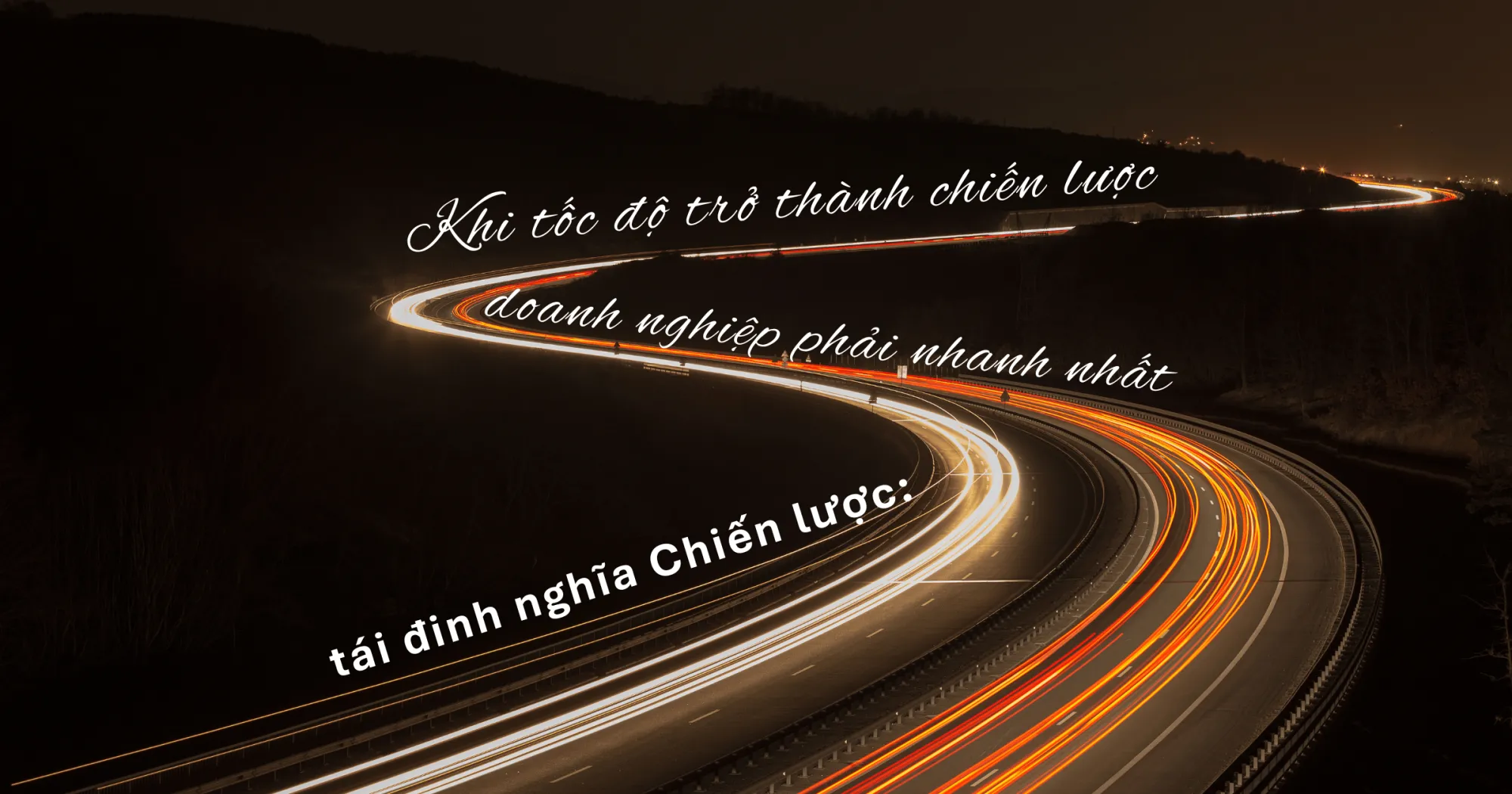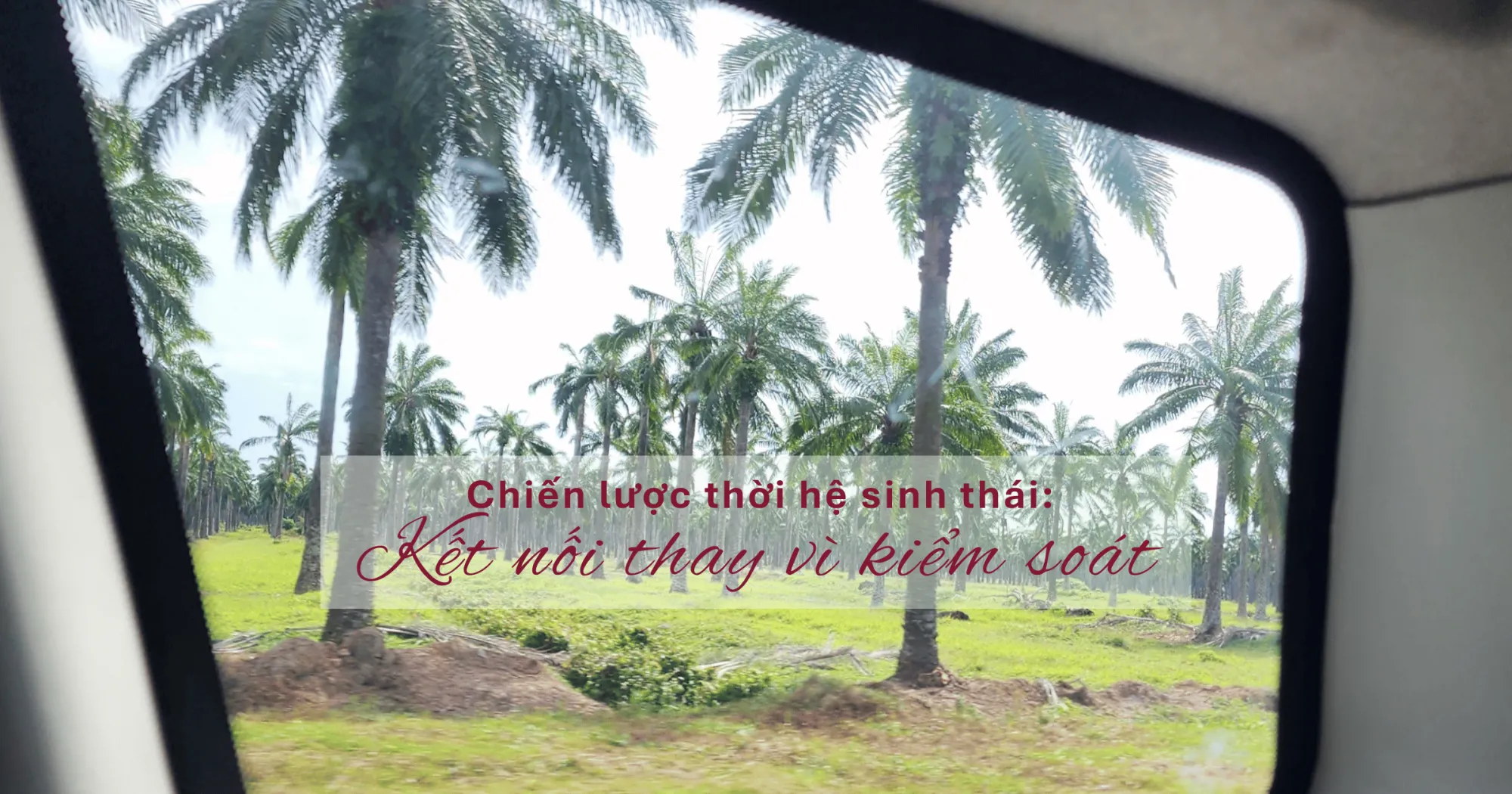I arrived in Nam Tra My district on a foggy morning. The locals do not call Ngoc Linh mountain a “mountain”, they call it a “roof”, a “root” – a place that preserves not only the old forest but also the history of ancient medicinal recipes. – Ngoc Linh Ginseng. This trip is not simply a tourist trip. It is like a journey to relearn the lesson of patience, trust and the value of slow things.
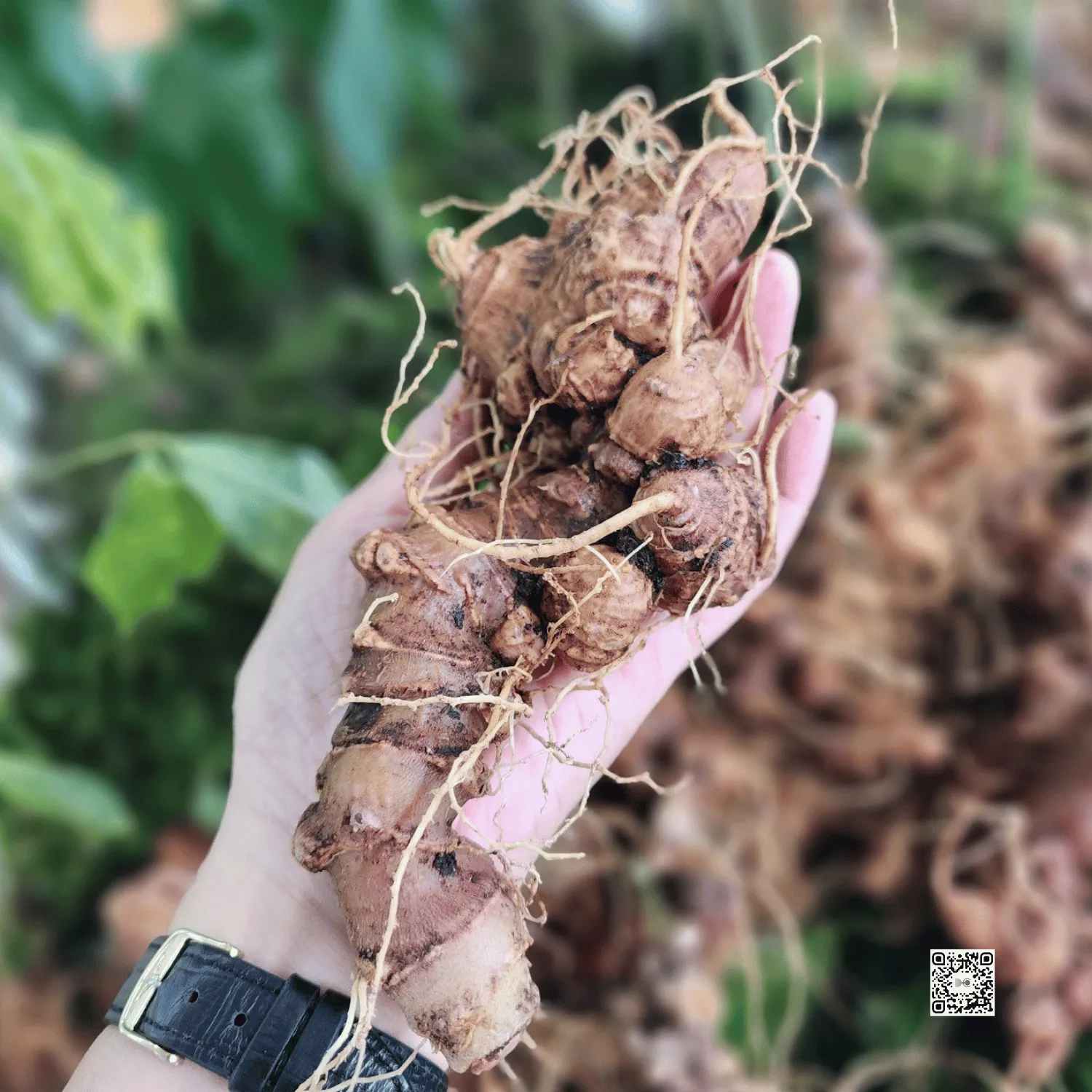
The road up the mountain does not only lead to the top, but also to silent knowledge
Occasionally, we stopped to ask for directions in a small village mostly inhabited by indigenous people, the Xe Dang, which used to be the starting point for the search for a plant that many people consider a “national treasure”. That is Ngoc Linh Ginseng – a name that has now gone beyond the mountains, into the world, but still retains the mystery of the mountains and forests.
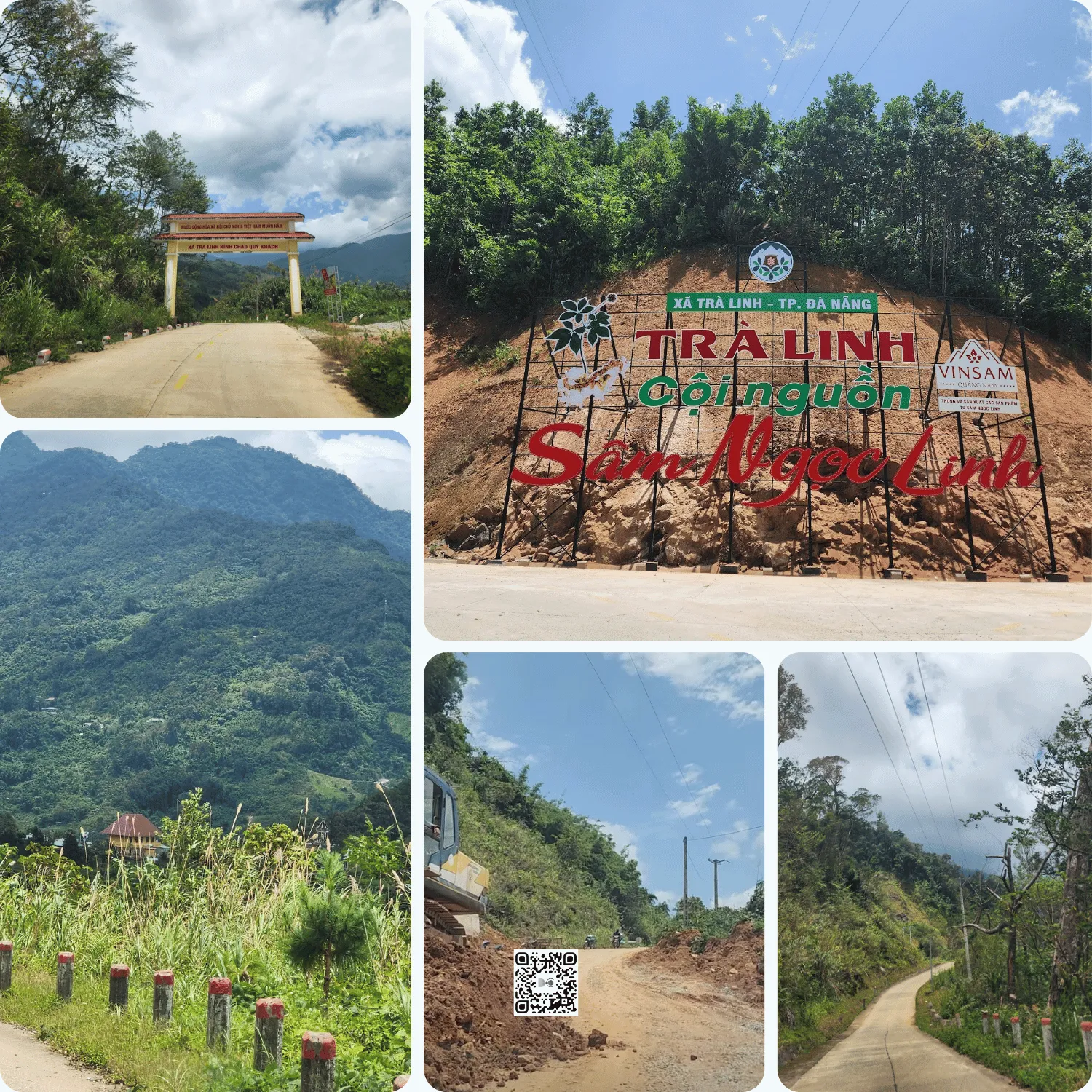
A medicinal plant, a world
Ngoc Linh ginseng is not an easy plant to identify. Among thousands of rhizomes under the dark forest canopy, Ngoc Linh ginseng has such a simple shape that many first-time forest goers cannot distinguish it. But for the locals, especially the old Xe Dang, they only need to touch the soil to know there is ginseng. Not by sight, but by intuition passed down through generations.
A senior ginseng grower for nearly 20 years shared: “This plant does not live in noisy places. It needs cold, shade, and time. There is no rush.” – he said, I understand why this ginseng cannot be mass-produced – because its living conditions are the harshness of the mountains and forests.
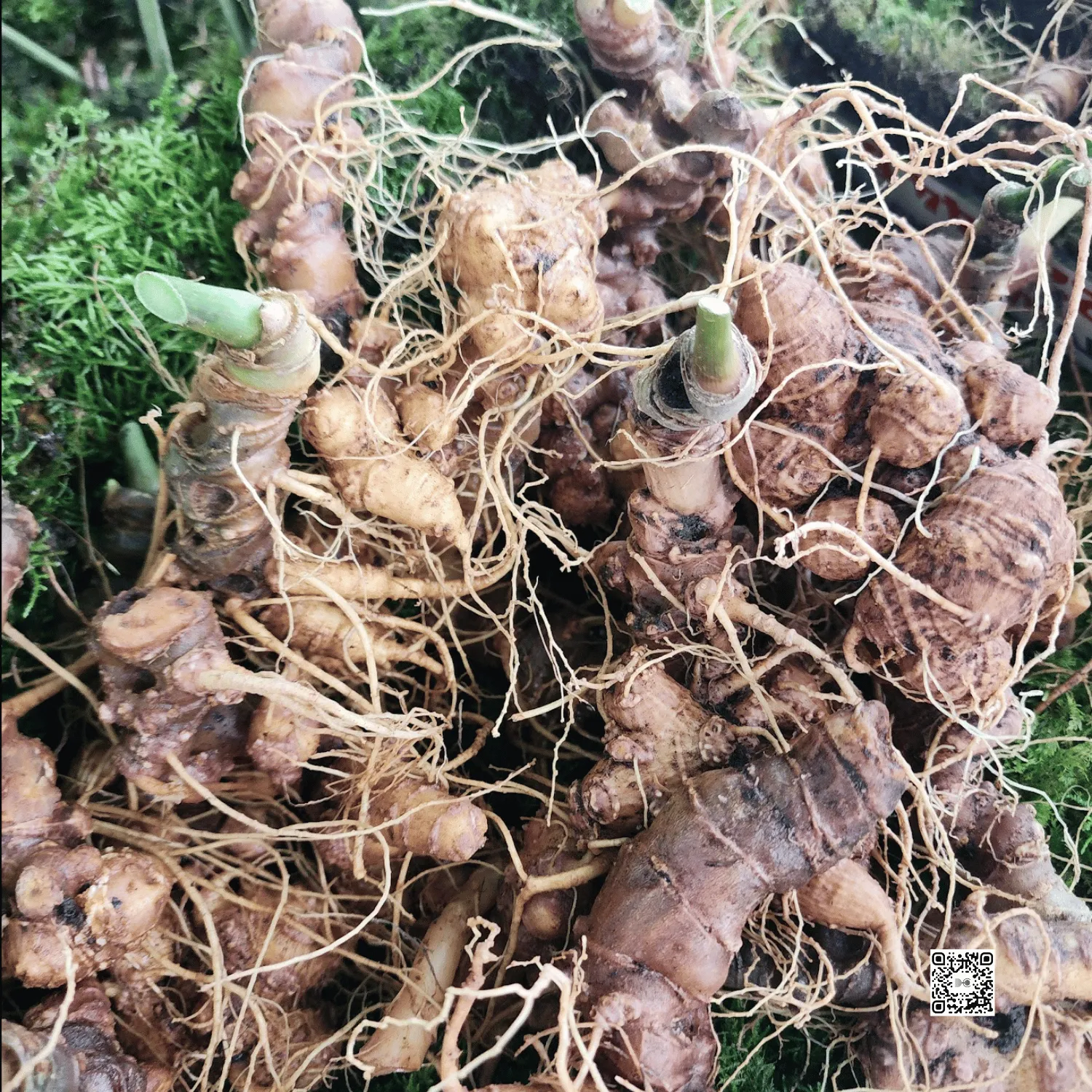
Traveling is not just about seeing, but understanding
In recent years, Nam Tra My has begun to welcome tourists. But those who choose to come here are not looking for excitement, but for an original experience: walking on muddy roads, sleeping in a stilt house in the clouds, sitting by the fire and listening to villagers tell stories about ginseng as if they were telling stories about a distant relative.
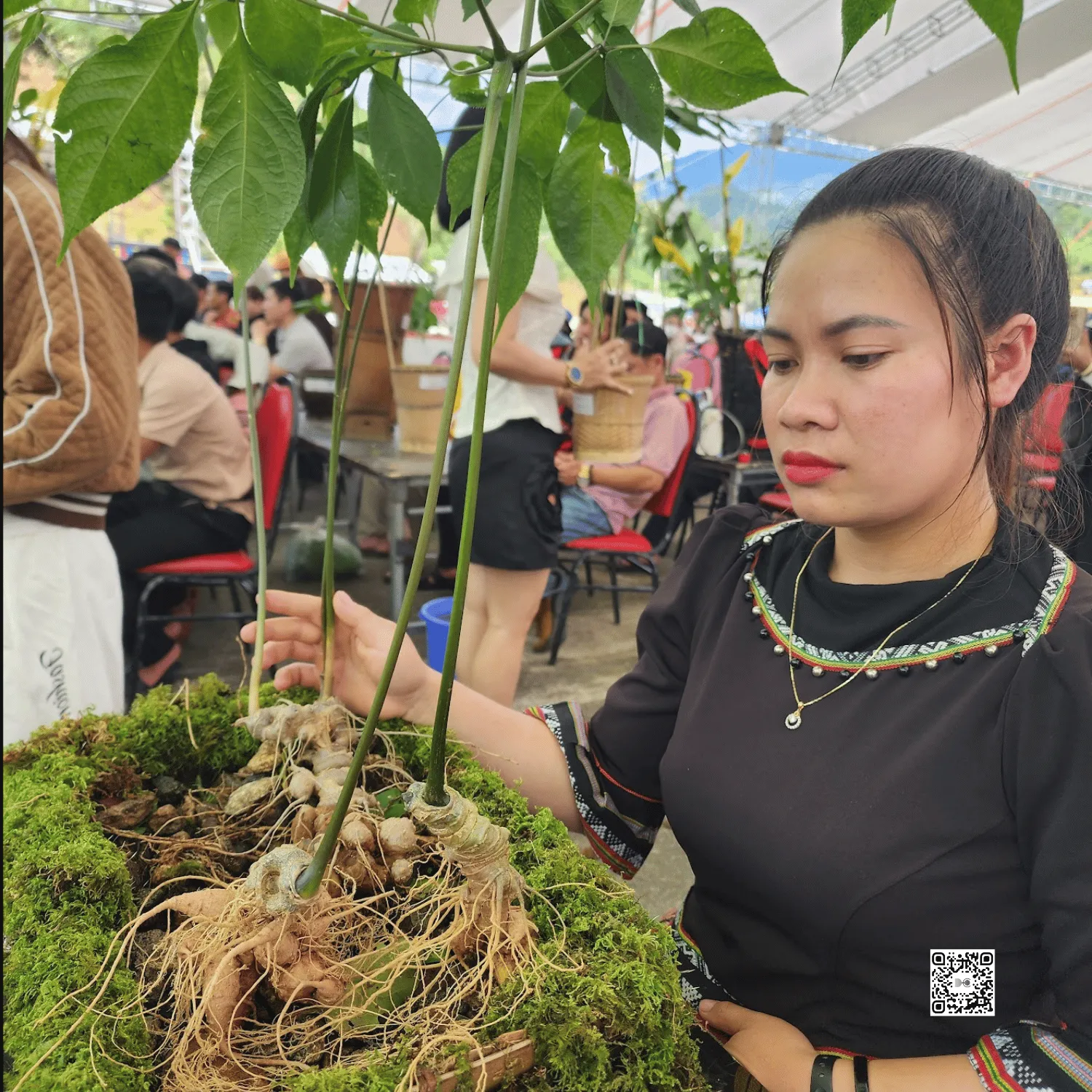
There, I saw persistent efforts – from households participating in ginseng cooperatives, from young people leading eco-tours, from local authorities investing in infrastructure while still keeping the forest from being “opened up”. And I saw tourists like me – not coming to consume, but coming to understand.
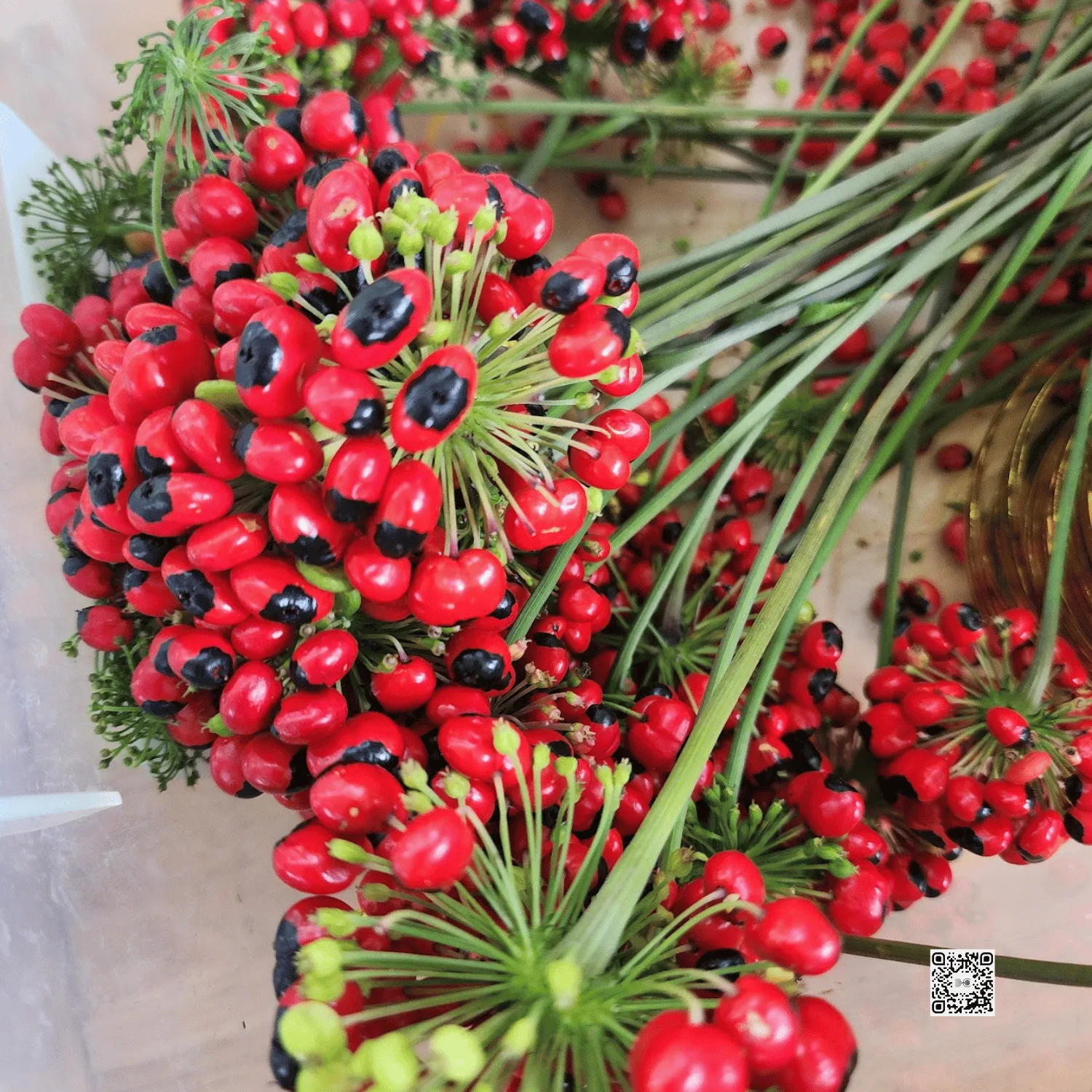
Ngoc Linh Ginseng – not just a gift, but a memory of the land
When leaving Tra My, I brought back the photo I took as a treasure of my own, as a reminder of the journey I had taken. It contained not only the essence of a plant, but also the efforts of many people, and the faith of communities living with the forest, not living off the forest.
Ngoc Linh Ginseng, for me, is not something to be seen in exhibitions. It is a part of the living history of the Central Highlands, a testament to the proud survival of the indigenous people in the midst of a fast-moving modern world.
